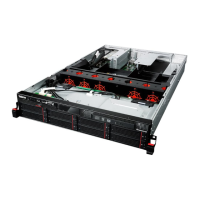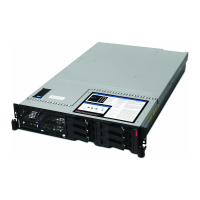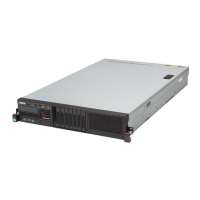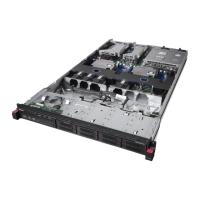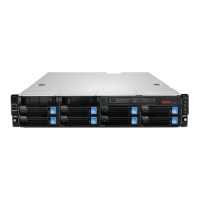8. When the Installation Settings window is displayed, create a drive partition as you need.
• Manually create a root partition (/)
To create a root partition, do the following:
a. Click Partitioning and select Custom Partition (for experts). Click Next.
b. In the Expert Partitioner window, select Hard Disks ➙ sda, and then click Add.
c. In the New Partitions Size window, select Custom Size.
d. Type the amount of space (in MB) in the Custom Size field and then click Next.
e. In the Formatting Options area, select Ext3 from the File system drop-down list box.
f. In the Mounting partition area, select the forward slash (/) from the Mount Point drop-down list
box.
g. Click Finish.
• Manually create a boot partition (/boot)
To create a boot partition, do the following:
a. In the Expert Partitioner window, select Hard Disks ➙ sda, and then click Add.
b. In the New Partitions Size window, select Custom Size.
c. Type the amount of space (in MB) in the Custom Size field and then click Next.
d. In the Formatting Options area, select FAT from the File System drop-down list box.
e. In the Mounting partition area, select /boot/efi from the Mount Point drop-down list box.
f. Click Finish.
• Manually create a swap partition
To create a swap partition, do the following:
a. In the Expert Partitioner window, select Hard Disks ➙ sda, and then click Add.
b. In the New Partitions Size window, select Custom Size.
c. Type the amount of space (in MB) in the Custom Size field.
d. In the Format area, select Swap from the File system drop-down list box.
e. In the Formatting Options area, select Swap from the Mount Point drop-down list box.
f. Click Finish.
Go to the Expert Partitioner window, the created root partition, boot partition, and swap partition are
displayed. Click Accept. The drive partition is finished.
9. In the Installation Settings window, click Software to select your desired software programs, and then
click OK. If the YaST window is displayed, click Accept.
10. Click Install to install the software programs that you have selected.
Notes:
• If a Warning window is displayed, select the option as you desired. the following steps are based on
the scenario that Ignore this conflict of ... is selected. Do the following:
a. Click OK-TryAgain.
b. In the YaST window, click Accept.
c. In the Installation Settings window, click Install to begin the installation.
• If the YaST2 window is displayed, click Install to begin the installation.
11. When the Confirm Installation window is displayed, click Install. When the installation process is
completed, the server restarts automatically.
24
ThinkServer RD650 and RD550 Operating System Installation Guide
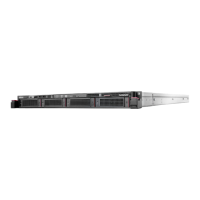
